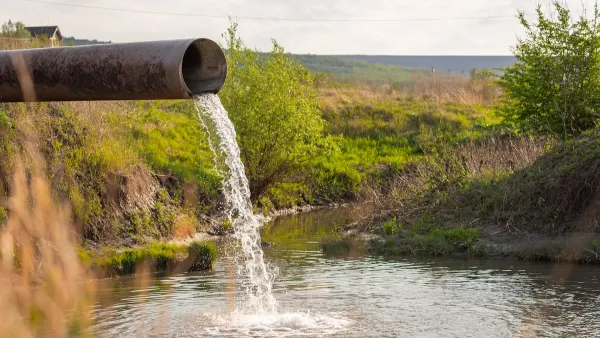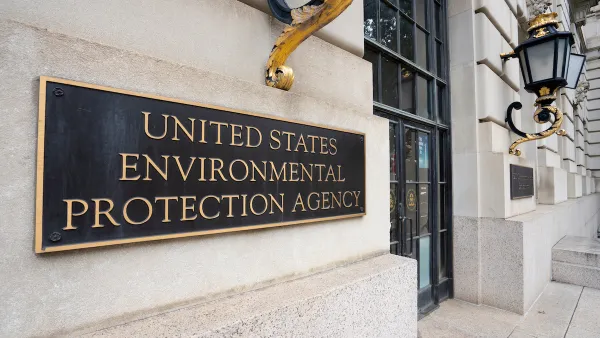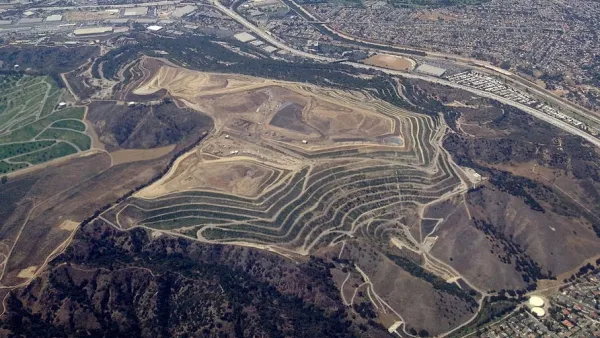This week, a bipartisan group of U.S. Senators introduced the Brownfields Utilization, Investment and Local Development Act of 2013 (BUILD Act), a bill aimed at assisting local communities in remediating and redeveloping contaminated sites.
With EPA estimates of more than 450,000 brownfield sites in the United States, the "[r]usted rail yards, old factories, shuttered gas stations, decaying warehouses and other brownfield sites blight neighborhoods in every city in the country." The past two decades have seen countless successful remediations and redevelopments of such sites, often in high-value and high-impact locations, thanks largely to the EPA's Brownfields Program.
According to a press release from the office of Senator Frank R. Lautenberg (D-NJ), one of the bill's sponsors, the aim of the BUILD Act is to "modernize and improve key elements of the Environmental Protection Agency's (EPA) Brownfields Program."
"The bill reauthorizes a wide array of financial and development tools for communities to help with site assessment and cleanup, all administered by the EPA’s Brownfields program," writes Craig Chester. "Among its provisions, the BUILD Act expands non-profit eligibility to receive brownfields grants and also allows the EPA to award flexible multipurpose grants to take into account the varied nature of many projects. More information about the specifics of the bill is available at Smart Growth America."
"Ultimately the BUILD Act could help communities across the country create the kind of development that’s an integral part of the country’s most vibrant places," he argues. "Brownfields represent tremendous economic development opportunities. The BUILD Act could help communities make it happen."
FULL STORY: How Congress Could Help Create the Next Great Neighborhood

National Parks Layoffs Will Cause Communities to Lose Billions
Thousands of essential park workers were laid off this week, just before the busy spring break season.

Retro-silient?: America’s First “Eco-burb,” The Woodlands Turns 50
A master-planned community north of Houston offers lessons on green infrastructure and resilient design, but falls short of its founder’s lofty affordability and walkability goals.

Delivering for America Plan Will Downgrade Mail Service in at Least 49.5 Percent of Zip Codes
Republican and Democrat lawmakers criticize the plan for its disproportionate negative impact on rural communities.

Test News Post 1
This is a summary

Test News Headline 46
Test for the image on the front page.

Balancing Bombs and Butterflies: How the National Guard Protects a Rare Species
The National Guard at Fort Indiantown Gap uses GIS technology and land management strategies to balance military training with conservation efforts, ensuring the survival of the rare eastern regal fritillary butterfly.
Urban Design for Planners 1: Software Tools
This six-course series explores essential urban design concepts using open source software and equips planners with the tools they need to participate fully in the urban design process.
Planning for Universal Design
Learn the tools for implementing Universal Design in planning regulations.
EMC Planning Group, Inc.
Planetizen
Planetizen
Mpact (formerly Rail~Volution)
Great Falls Development Authority, Inc.
HUDs Office of Policy Development and Research
NYU Wagner Graduate School of Public Service





























